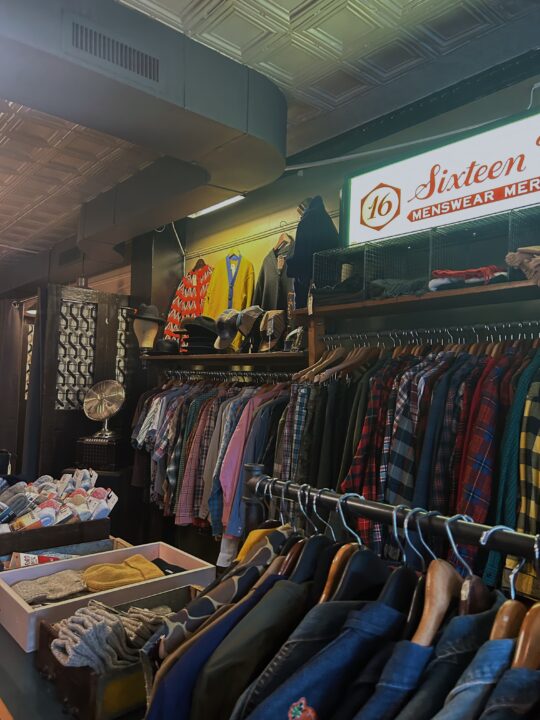In the ever-evolving world of video game development, it is rare for a game to withstand the test of time. With technological advancements, improved graphics and a greater respect for video games as a legitimate medium for telling stories and producing art, video games have only been getting better through the years.
In 2002, Microïds published Syberia, a video game that was, at the time, groundbreaking in its design and characters. Though the game was well received and critically acclaimed, it did not gain the massive following that it deserved. Despite the sequel that came out two years later which seemed to leave an opening for an entire series, the company stopped making the games, and both Syberia and Syberia 2 became something like cult classics in the gaming world.
In terms of story, these games are imaginative, both depicting Kate Walker, an American lawyer who is trying to negotiate the sale of a major corporation. The task proves to be more than she bargained for, however, and she is quickly whisked off on an adventure across Europe with only an automaton train conductor as her guide. As the story progresses, she meets more characters, all of whom are complex and multifaceted, making each level unique and compelling.
Both of these games are gorgeous, especially considering the time period in which they were produced. Most gaming graphics had not mastered the art of the human face yet, and when compared to more modern games, Syberia does leave something to be desired in terms of human animation. Where it does succeed, however, is in the backgrounds. Every single location looks like something that came straight out of a painting, and the amount of intricate detail that went into each and every location is astounding.
The atmosphere of Syberia is by far the strongest thing about the series. Set in an alternate version of Europe that has been described by both critics and fans alike as “steampunk” or “desolate,” it is nothing like the Europe that is romanticized in the imaginations of people all over the world. Rather, it is a crumbling, tired remnant of a glorious civilization clinging to the past. Each location has its own unique soundtrack to it, and each song is beautiful and haunting, perfectly representing the atmosphere the developers wanted to express.
As Kate travels from one location to another, the player experiences entire towns that feel creepy, lonely and downright exhausting. Kate travels from an aging village in the South of France all the way to the northern-most expanses of Siberia throughout the events of the game. During the game, she visits countless locations such as an all-but-abandoned college town, an industrial plant occupied by two lunatics, a hotel that had once been exclusive to the world’s biggest stars, a monastery that refuses to abandon their traditional values and countless other memorable locations, each more depressingly desolate than the last.
A central theme to both games is the incorporation of automatons in everyday life. Players must interact with humans and machines alike in order to progress through the story. This makes the time period of the game difficult to place, with the humans and architecture reminiscent of a bygone age, while the technology and atmosphere create an odd combination of rustic and futuristic. It makes for a compelling setting, with characters simultaneously using cell phones and zeppelins.
Though the game is beautiful and filled with diverse characters and locations, it is not without fault. Kate is controlled by the player and moves very slowly from one place to another. It is possible to make her move faster, but even her running speed is slow. Even if this allows the player more time to admire the beautiful scenery, it can still make playing the game tedious, especially considering that most of the puzzles are solved by running back and forth from one place to another. Many of the bugs that made the first game irritating are resolved in the second game, which makes it a lot easier to play.
When it comes to games standing the test of time, it’s surprising that both Syberia and Syberia 2 are not more widely considered to be classics. Over 10 years after the games were released, the graphics are still remarkably impressive, the story is intriguing and creative and the characters show a large amount of growth over the course of both games. These games are on par with many of the more modern video games that are being produced, and considering they were developed a decade ago, that is a pretty incredible feat.


